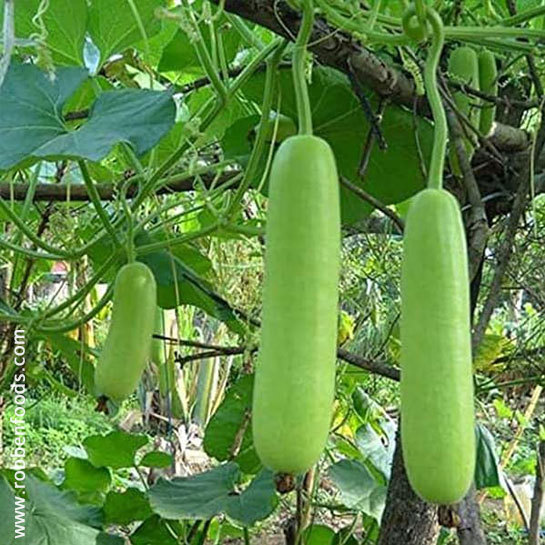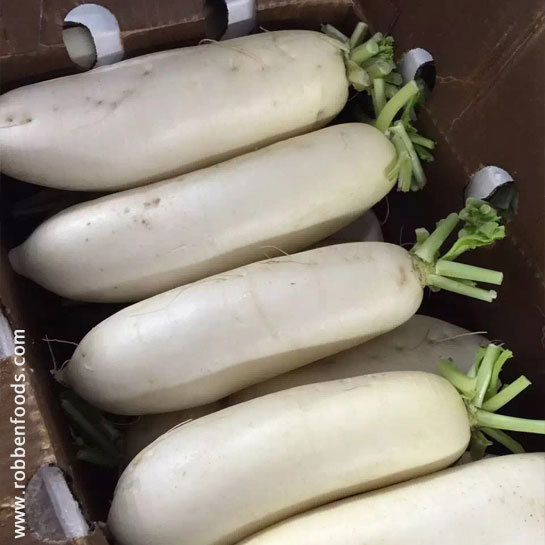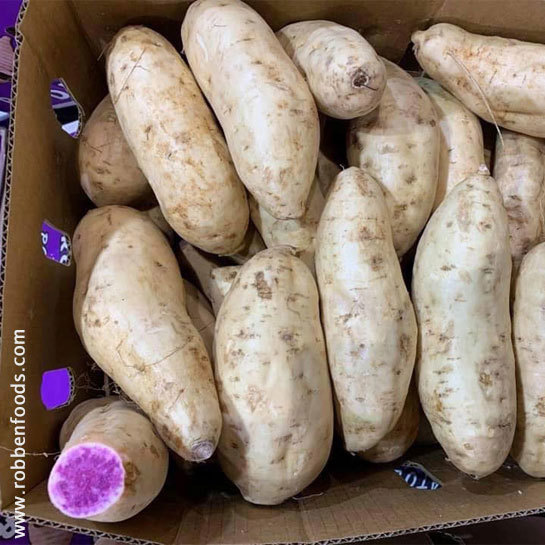Korean Daikon serves as an excellent substitute and a satisfying crunchy texture.
Korean Daikon, also known as Korean radish or Kimchi daikon, is a popular ingredient in Korean cuisine, particularly in the preparation of kimchi. It bears a strong resemblance in flavor and appearance to daikon (Japanese radish), but with a shorter and rounder shape, known as "Mu" in Korean.
Korean Daikon serves as an excellent substitute for Korean radish in recipes, offering a similar flavor profile and a satisfying crunchy texture. When making kimchi, using daikon radishes in place of Korean radish works exceptionally well, ensuring a delicious and authentic taste.
What makes Korean Daikon even more appealing is that every part of the daikon can be eaten, including the root, greens, and sprouts. This versatile vegetable can be enjoyed raw, pickled, or cooked, allowing for a wide range of culinary possibilities.
In addition to its culinary attributes, daikon is a nutritious choice as well. It is low in calories, high in fiber, and contains beneficial plant compounds that have been associated with potential health benefits. These compounds may help protect against conditions such as heart disease, diabetes, and certain cancers.
When used in traditional kimchi recipes, daikon adds a distinctive flavor and contributes to the fermentation process. Kimchi typically includes daikon as one of its key ingredients, and during fermentation, it develops lactic acid bacteria along with other beneficial microorganisms. The fermentation period for kimchi can range from 3 to 4 days at room temperature or 2 to 3 weeks in the refrigerator, allowing the flavors to develop and creating a tangy and flavorful condiment.
Whether you're exploring Korean cuisine or looking to incorporate more flavors and textures into your meals, Korean Daikon, also known as Korean radish or Kimchi daikon, is a fantastic choice. Its versatility, ability to enhance kimchi, and nutritional value make it a valued ingredient in Korean culinary traditions.



